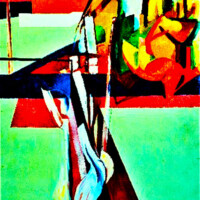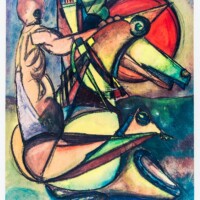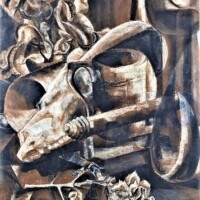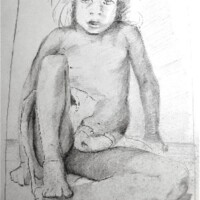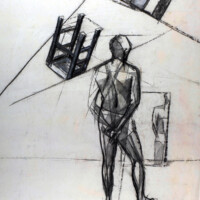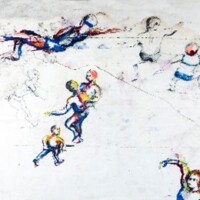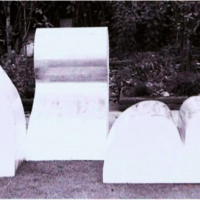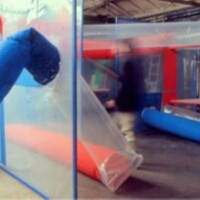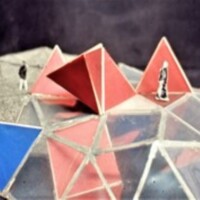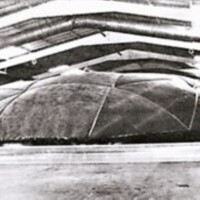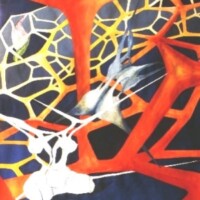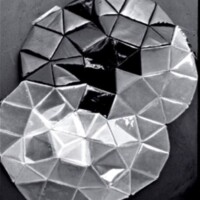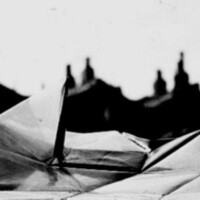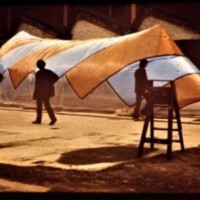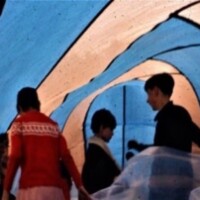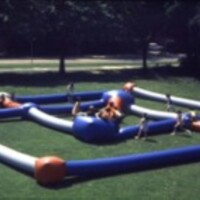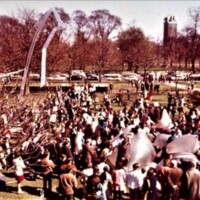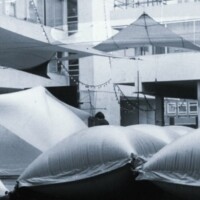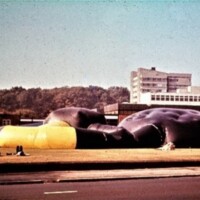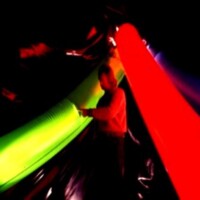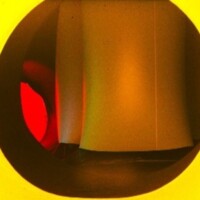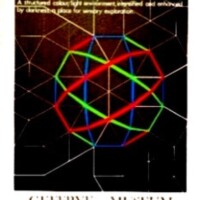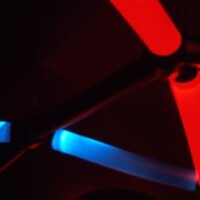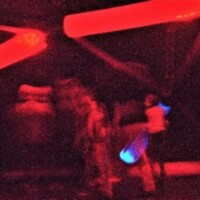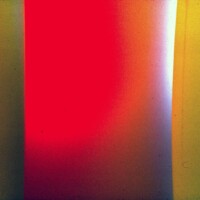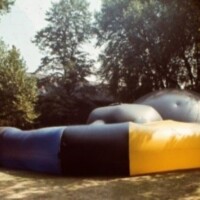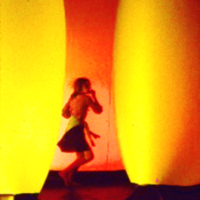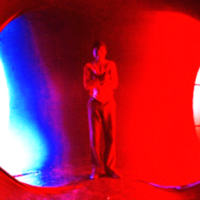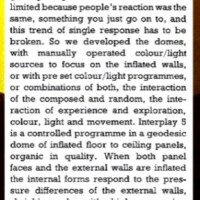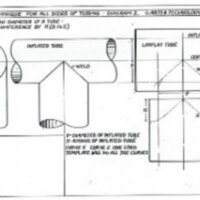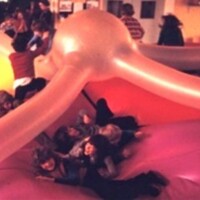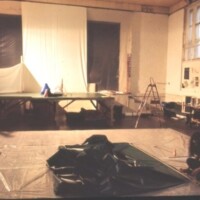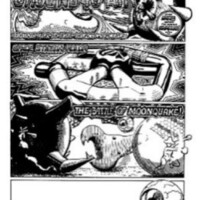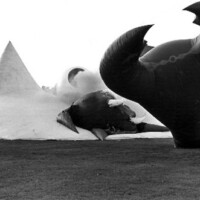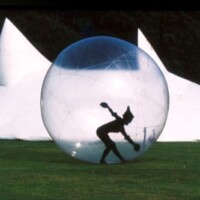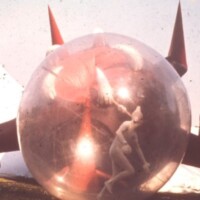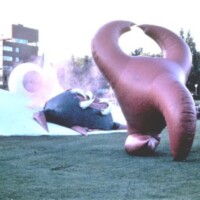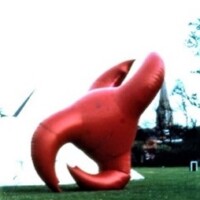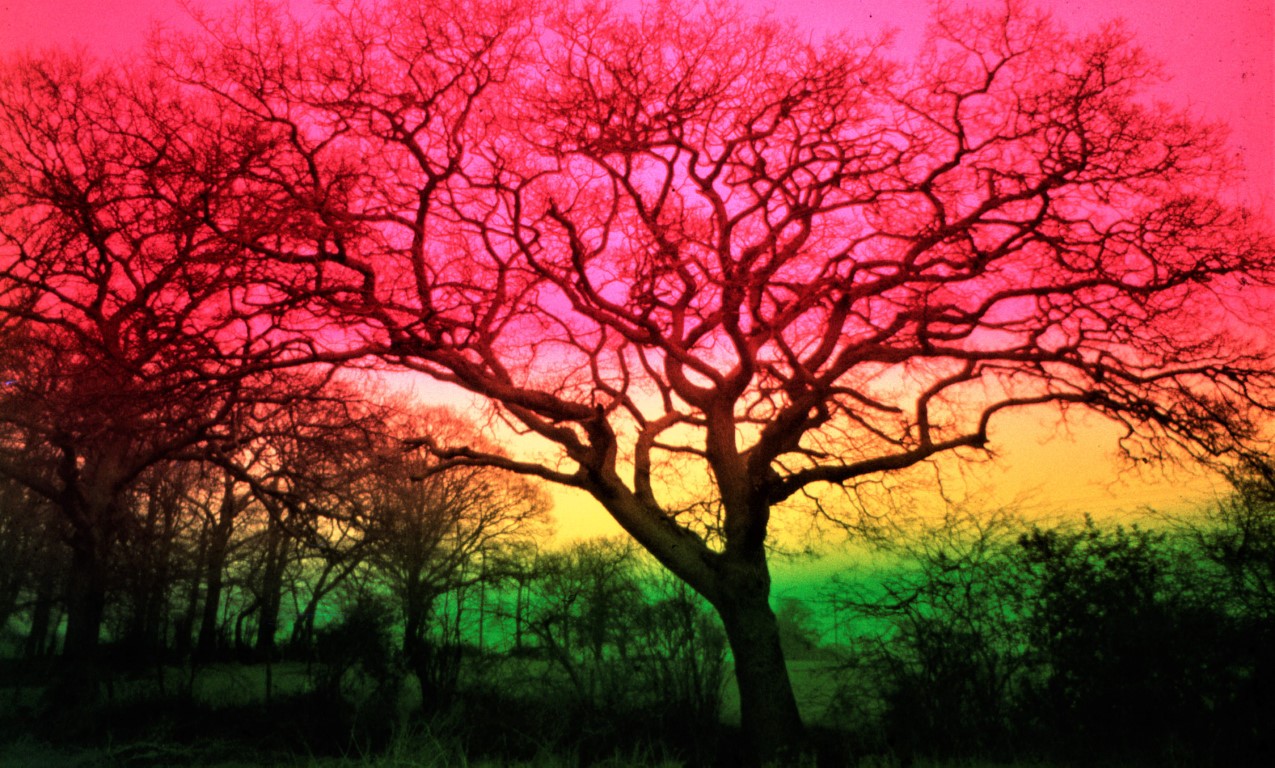
RESUME – Terry W Scales
CV Archive Including Images 1958-1975
Education
1958 – 1966
Achieved Grade A in A-Level Art at St. Nicholas Grammar School, Northwood Hills.
Art teachers: Donald Plenderleith, a renowned painter/printmaker, and Brian Tilbrook, a leading artist in Hong Kong.
1966 – 1967
Pre-Diploma in Fine Art at Hornsey College of Art
1967 – 1968
Began Diploma in Art & Design in fine art sculpture at Hornsey College of Art and Design.
Expelled along with 13 other students as one of the radicals involved in the 1968 student action. Reinstated with support from Hornsey staff and many professional artists, including Henry Moore and Bridget Riley.
1968 – 1971
Goldsmiths College of Art, Sculpture Department
Transferred to a three-year Diploma in Art & Design course in sculpture at Goldsmiths College. Under the tutelage of Ivor Roberts-Jones, head of department (sculptor of Sir Winston Churchill), Hubert Dalwood, sculptor, and Maurice Agis, constructivist artist and Sikkens Prize winner.
Artwork 1958 – 1971
1958 – 1966 St. Nicholas Grammar School
1966 – 1967 Pre-Diploma, Hornsey College of Art
1967 – 1968 Diploma in Art & Design, Hornsey College of Art
1969 – 1971 Goldsmiths College of Art at Space Structure Workshop
Work History 1971 – 1975
Space Structure Workshop, Weston Street, Bermondsey and Woolwich Dockyard
From 1969 to 1974, I worked initially as a student at Goldsmiths College. Then, from 1971 until 1974, I continued working as a full-time partner with Maurice Agis and Peter Jones at their studio, Space Structure Workshop, in Bermondsey and later in Woolwich Dockyard.
Space Structure Workshop concentrated on the interaction of people’s experience of colour and space, based on the Constructivist principles of the Dutch de Stijl movement. And, particularly for Peter and Maurice, further developing the work of Theo Van Doesburg as three-dimensional environments in which the public could participate.
Some of the benefits of my Hornsey experience that I brought to Space Structure Workshop were a new creative approach and construction techniques based on growth in nature, including the geodesic concepts of Buckminster Fuller (who lectured during the Hornsey sit-in), and working with flexible plastics developed as portable public art air structures.
Portable Public Art Air Structures
Soft Geometry As A Visual Language
I began to create my visual language – which I described as soft geometry spaces – based on nature’s mathematical models. (Ref: On Growth and Form by D’Arcy Wentworth Thompson). Geometric configurations of growth can create structures able to support sophisticated forms that can increase in scale under the pressures of gravity in multiple dimensions whilst remaining integral and strong.
From 1970 onwards, I developed this work as architectural-scale colour structures supported by air pressure, making them uniquely portable low-pressure environments, offering the experience of intense immersion in colour enhanced by movement, sound and people.
A Play On Art: Experimental Events
From 1970 – 1973, while working at Space Structure Workshop (SSW), my soft geometry experiments became the basis of a programme of pop-up events organised locally in Bermondsey and nationally (known as Ground to Air events).
Events, including A Play on Art at the Whitechapel Gallery, The Blow Up 71 at the Serpentine Gallery, and the Spring Festival In Glasgow, were supported by the Arts Council of Great Britain and helped raise the public profile of SSW as a creative community asset.
1970 First Group Exhibition – Market 70
I participated in my first group art exhibition, the Market 70 Exhibition of Public Art. Held at the Polytechnic of Central London, Marylebone Road, my soft geometry landscape was intended as a strong visual contrast to the concrete exhibition venue.
1971 Dip.AD Goldsmiths College and Royal College of Art
After completing my Dip. AD in 1971, I was offered a place at the Royal College of Art’s recently formed Environmental Media Department. However, I decided to continue working at SSW for three more years, having gained recognition and financial support from Greater London Arts Association (GLAA) and the Arts Council of Great Britain.
1972 – 1973 First Solo Exhibitions
Interplay Matrix No. 1 – Southampton University and the Geffrye Museum, Shoreditch
Matrix colour-light-sound environment at The Geffrye Museum
Experimenting with programmed colour-light and transmitted colour through translucent surfaces
1973 Formed arts group Interplay Structures. awarded GLAA Rainham Fellowship
Late 1973, I left SSW after successfully applying for a four-month residential project in Rainham, Essex, funded by the GLAA. Also, earlier that year, I had registered my own trading name, Interplay Structures, to help distinguish my work within SSW.
The objective of the Rainham project was to enhance the skills of the community and enable youth and community groups to create structures similar to the Ground to Air play-on-art experiments. The remit also included creating soft geometry structures for people with disabilities. My understanding, from people who specialised in that area, was that it helped develop new approaches to learning and communication by providing opportunities for enhanced sensory experiences in or on safe soft structures. E.g. The Rompa bed.
1975 Interplay-Hammersmith Project
After the successful Rainham project, I was offered a further six-month workshop scheme in Hammersmith, London, also funded by GLAA.
Colour Structures
Consequently, the short residency schemes gave me more time to develop my colour structures and explore the spatial experience of colour. Initially, from 1971, the Matrix series, working with kinetic colour, light and sound in darkness with programmed light sources. Followed by the Mandarah series (first exhibited in 1977), exploring inter-connected sunlit colour spaces. Both approaches created uniquely different visual experiences.
Dance Performance Work
To explore the interactive agit-prop aspects of my work, I created a series of performance pieces working with choreographers, dancers and musicians.
1975 The Battle of Moonquake – A science fiction ballet for open spaces
The first piece I wrote and directed was The Battle of Moonquake, a science fiction ballet and arena-scale, open-space performance. Later that year I was invited to the Netherlands to present a new performance for the Royal Celebrations in Rotterdam.
